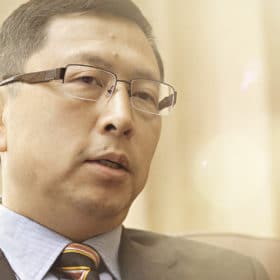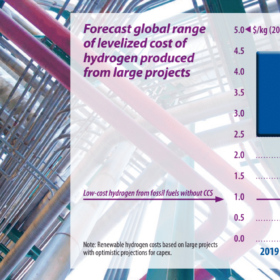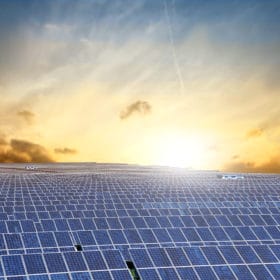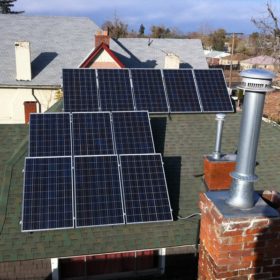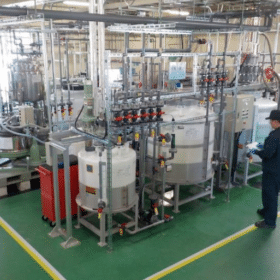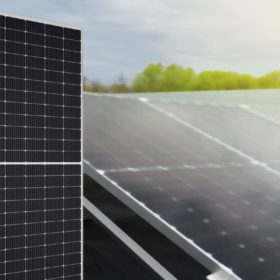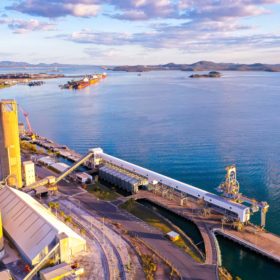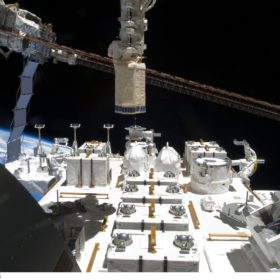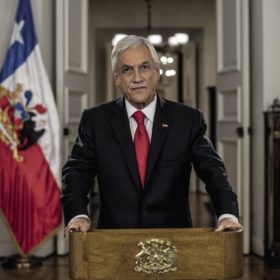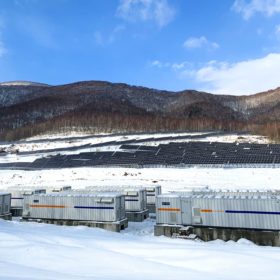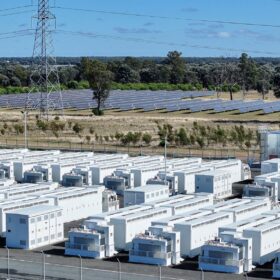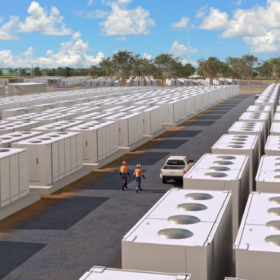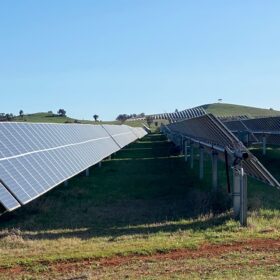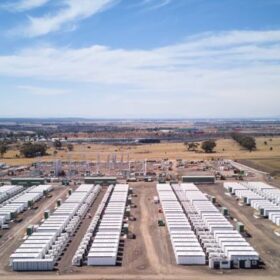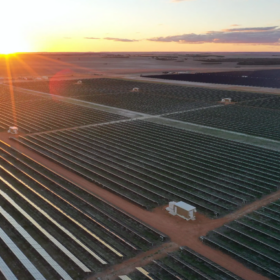‘Falling solar module costs are behind us’
Canadian Solar is pivoting towards energy storage and is preparing to IPO its manufacturing and Chinese solar project activity in China, under the CSI Solar operation, by July.
Saturday read: More than just a pipe dream
When coupled to gigawatt-scale solar and wind generation, green hydrogen could be the clean fuel to unlock hard-to-electrify sectors of the economy. But first it must be transported cost-effectively to where it’s needed.
Q&A: EEW’s $500 million Gladstone solar to hydrogen project is just the start
Earlier this month, London-based Eco Energy World announced a $500 million project to combine its ready to build 300 MW solar plant north of Gladstone, Queensland, with a 200 MW hydrogen plant and 100 MW of battery energy storage. pv magazine Australia sat down with EEW CEO Svante Kumlin to discuss the project, the green hydrogen future, and Australia’s future in it.
Household solar holds key to climate-neutral Japan
Rooftops will have to supply a third of the 524 GW of solar generation capacity needed by 2045 to reach a zero-carbon economy by mid century, according to an academic paper. The researchers also suggested green hydrogen should not play a central role in the nation’s energy transition.
West Australian vanadium explorer signs agreement with Japan to scope state’s potential for flow battery electrolyte production
A West Australian vanadium explorer, Technology Metals, has signed an agreement with a prominent Japanese company to explore the possibility of manufacturing vanadium electrolyte in Australia – a key component of the increasingly popular vanadium redox flow batteries.
Sharp develops 445 W half-cut panels for large scale PV
The new panel is manufactured with M6 wafers. It features a power conversion efficiency of 20.1% and a temperature coefficient of -0.347% per degree Celsius.
Gladstone to host $500m solar to hydrogen plant
London-based Eco Energy World, which is already developing at 300 MW solar project north of Gladstone, Queensland, has announced that it is going to combine the solar plant with a 200 MW hydrogen plant and 100 MW of energy storage for green hydrogen exports to the global market.
Solid-state batteries in space
Japanese scientists are about to launch solid-state batteries into space.
The weekend read: The race for green hydrogen
Large swaths of low-cost land: check. Lots of sun and wind: check. The ability to transport green hydrogen cost-effectively to energy importing economies: check. Then you’re in the race to become one of the “renewable energy superpowers” of the low-carbon economy. A growing number of countries are assessing their renewable resources and natural attributes and positioning themselves to become green hydrogen exporters. However, not all are created equal.
Solar-plus-storage as an antidote to grid congestion in Japan’s northern island of Hokkaido
Chinese inverter maker Sungrow has switched on a 6 MW / 21 MWh solar-plus-storage facility on the island. The FIT project’s connected AC capacity is limited to only 845 kW, but the containerised storage solution provided by the company ensures its viability.
